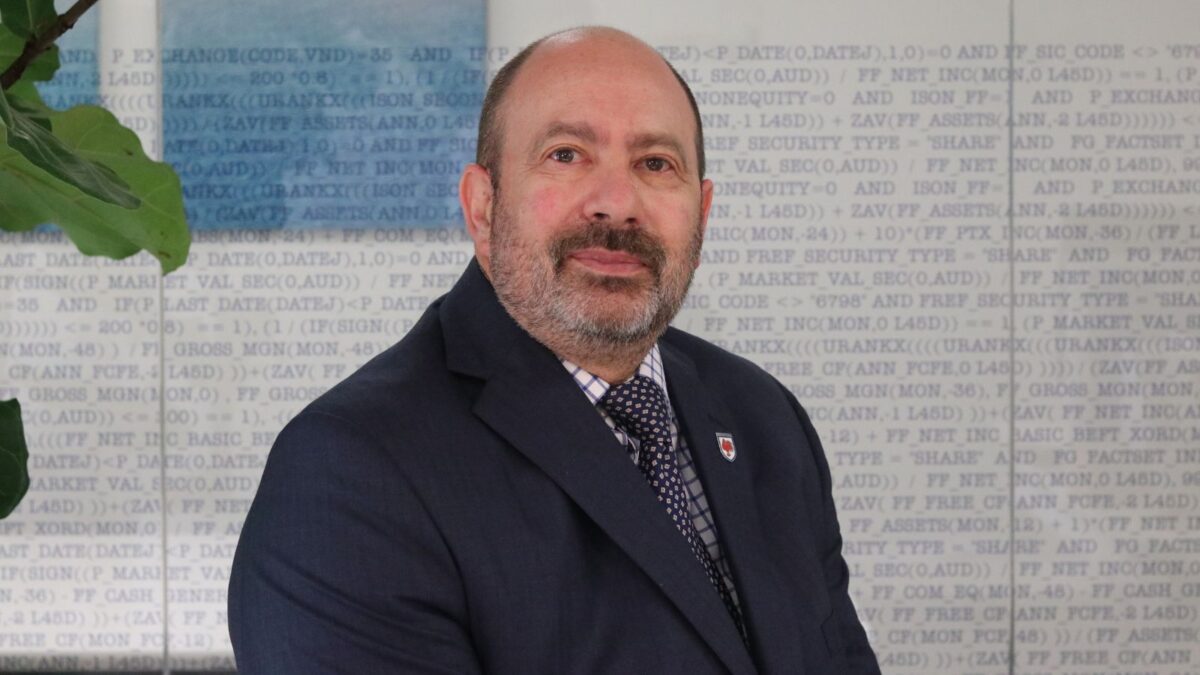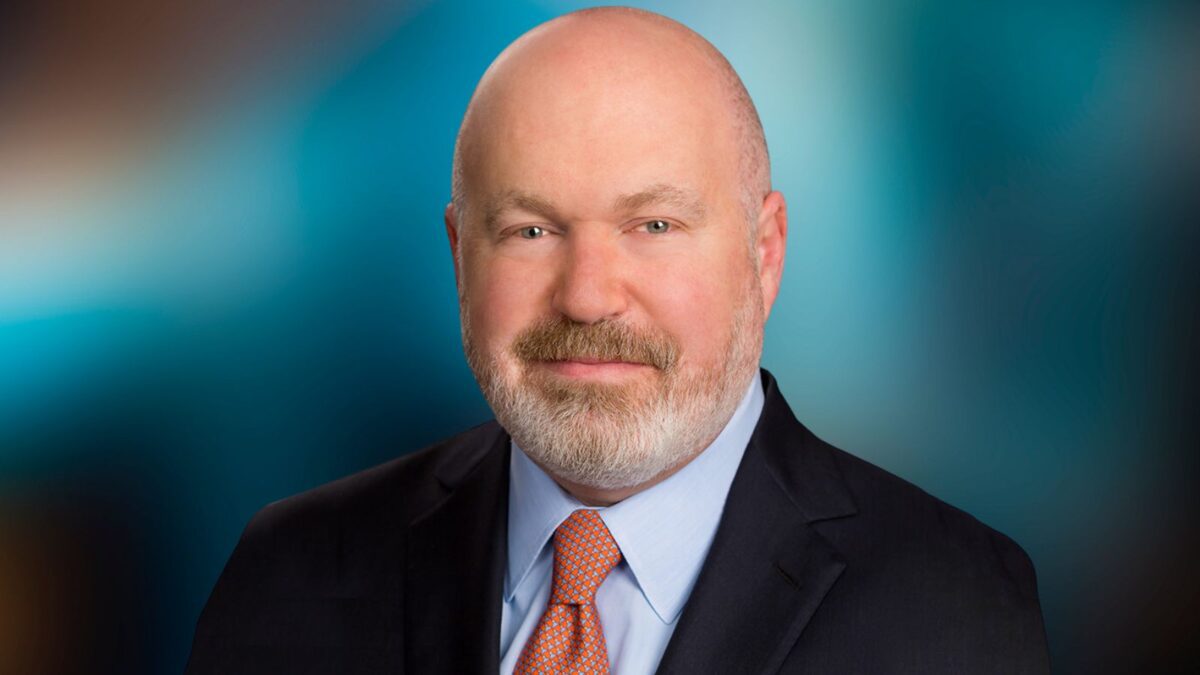Karl Marx and the possibility of a new interest rate conundrum
By Matthew Peter and Drew Klease*
Love him or loathe him, Karl Marx had a way with words. “History repeats itself: first as tragedy, second as farce” is among his most memorable quotes. While Marx might be turning in his grave as investment industry people selectively use his words, they are utterly appropriate as there is a chance of history repeating itself. The kind of financial imbalances that triggered the GFC may recur as major central banks diverge on monetary policy.
Now that the US Federal Reserve (Fed) has announced the end of quantitative easing, markets are expecting a non-alarming rise in global interest rates. The ‘goldilocks’ scenario of what will transpire goes something like this: A measured rise in US interest rates results in a gradual bond market sell-off. Yields will rise, but remain much lower than historical averages. The gradual rise does not undermine risk asset valuations, with equities, infrastructure and real estate remaining well bid as investors continue the reach for yield.
This reassuring picture of the future is the majority view. A minority, however, think otherwise and see the potential for a repeat of the cycle from 2004.
They draw discomforting parallels between then and now.
Back in 2004:
> the US economy was growing strongly with no signs of inflation;
> the US was importing deflation from China;
> the US labour market was only just starting to recover, with no signs of wage pressures; and
> the Fed kept rates on-hold until they were convinced that labour market recovery would stir inflationary impulses.
Today:
> the US economy starting to grow strongly with few signs of inflationary pressures;
> 2015 GDP growth is expected to be around 3.2 per cent vs. 3.8 per cent in 2004;
> core CPI inflation rate is currently 1.7 per cent vs. 1.1 per cent in January 2004 (Figure 1);
> the US is importing disinflation from Europe and recent drops in commodity prices are consolidating the low inflation outlook;
> labour market conditions remain far from normal with limited wage pressures;
> the US unemployment rate is currently 5.9 per cent vs 5.7 per cent at the start of 2004; and
> annual growth in average hourly earnings is around 2 per cent, similar to the first-half of 2004.
Another Fed conundrum may be ahead
In June 2004, the Fed became convinced that the recovering labour market would stoke inflationary pressures and kicked-off an extended tightening cycle. From June 2004 to June 2006, the federal funds rate went up by 25 basis points following every Federal Open Markets Committee (FOMC) meeting, taking rates from 1 per cent to 5.25 per cent over that period.
Despite this, long-term bond yields were remarkably unmoved: US 10-year government bond yields were 4.38 per cent on 2 January 2004 and ended 2005 at 4.39 per cent (Figure 2).
Fed Chairman Alan Greenspan labelled the lack of reaction of bond yields a “conundrum.” His successor Ben Bernanke posited that a “global savings glut” was responsible for the low long-term rates. While the reasons for the glut were varied, a significant contribution was the Peoples Bank of China whose build-up of foreign exchange reserves were recycled into US Treasuries.
This time round, the Bank of Japan (BoJ) and the European Central Bank (ECB) look like playing the role previously performed by the Peoples Bank of China. The BOJ recently surprised markets by deciding to increase its annual rate of asset purchases from ¥60-70 trillion to ¥80 trillion, while President Draghi has outlined the ECB’s intention to increase its balance sheet back to H1 2012 levels. That implies around €800 billion to €1 trillion of liquidity injections by the ECB over the next few years.
The upshot is that even as the Fed is trying to make money a little bit more expensive, other major central banks are set to flood markets (Figure 3). Ongoing quantitative easing by the BoJ and ECB could represent a new “global savings glut” placing downward pressure on long rates despite US Fed action.
How might the Fed respond?
The Fed could find itself in a dilemma. Financial conditions would remain too loose for the recovering US economy, particularly since mortgages and corporate bonds are linked to long-term interest rates.
Asset prices might start to become misaligned with underlying fundamentals, potentially posing a systemic risk to the financial system.
However, headline inflationary pressures are likely to remain limited, reflecting the recent drop in commodity prices and an appreciating US dollar, thereby confronting the Fed with a dilemma; i.e., whether to tighten rates more aggressively to avoid financial market stress, despite the apparent lack of inflationary pressure.
Given fresh memories of the financial crisis, the Fed could respond by tightening rates quicker than the market currently expects. Under the goldilocks scenario, we expect the Fed to tighten policy gradually.
The federal funds rate is expected to reach only 0.75 per cent by end of next year and 1.5 per cent by end of 2016. Market pricing is for a similar response by the Fed (Figure 4). However, this contrasts starkly with the views of FOMC participants outlined in September who envisage 125 basis points of hikes in 2015, 150 basis points in 2016 and 87.5 basis points in 2017.
Markets have been dismissive of FOMC projections, but they can’t say they haven’t been warned. In our modelling, monetary tightening of the magnitude advocated by FOMC participants in their ‘dot-plot’ would be warranted if long bond yields remain around their current levels due to ECB and BoJ liquidity injections.
Such swift tightening would be akin to the 2004 experience. Back then, rates rose 125 basis points in 2004, 200 basis points in 2005 and 100 basis points in 2006. With too stimulatory monetary policy cited as one of the culprits for the GFC, it’s possible to imagine an even more aggressive Fed this time around.
Uncertainty returns
Divergent monetary policies would challenge the recent low volatility environment, which has stemmed from major central banks’ ultra-accommodative policies of the last five years. With the US likely to start lifting rates in mid-2015, but the BoJ and ECB continuing to inject liquidity, a global savings glut could place downward pressure on long-term yields.
It is conceivable that a repeat of the 2004 conundrum where long-term yields failed to increase despite substantial Fed tightening will be experienced. How the US economy will fare is very uncertain.
In recent years, those few central banks that did manage to raise rates from their emergency levels (against the global trend) were confronted by a flow of funds into their bond market and causing their currencies to appreciate.
Many of these banks, including the Reserve Bank of Australia, were then forced to change course. While the same fate would be unlikely for the US, given its more limited external exposure and immense domestic economy, a stronger currency would depress the inflation outlook and cloud the decision for the Fed, we believe.
A bigger risk is that ongoing low global yields would cause asset prices to become significantly disconnected from their fundamentals and lead to increased risk-taking and leverage. This could stir grim memories of the US housing market prior to the financial crisis.
Faced with such a scenario, the Fed would likely tighten rates much more aggressively than currently anticipated by the market. Diverging pressures on the front-end and back-end of the yield curve would coincide with a pick-up in volatility, particularly in bond markets.
* Matthew Peter is Chief Economist at QIC and Drew Klease is a Senior Economist.
Important Information
For more information about QIC Limited ACN 130 539 123 (“QIC”), our approach, clients and regulatory framework, please refer to our website or contact us directly.
To the extent permitted by law, QIC, its subsidiaries, associated entities, their directors, employees and representatives (the “QIC Parties”) disclaim all responsibility and liability for any loss or damage of any nature whatsoever which may be suffered by any person directly or indirectly through relying on the information contained in this commentary (the “Information”), whether that loss or damage is caused by any fault or negligence of the QIC Parties or otherwise. A number of the statements are based on information and research published by others. No QIC Party has confirmed, and QIC does not warrant, the accuracy or completeness of such statements.
The Information includes statements and estimates in relation to future matters, many of which are based on subjective judgements or proprietary internal modelling. No representation is made that such statements or estimates will prove correct. The reader should be aware that the Information is predictive in character and may be affected by inaccurate assumptions and/or by known or unknown risks and uncertainties. Forecast results may differ materially from results ultimately achieved.
Copyright QIC Limited, Australia 2014. All rights are reserved. Do not copy, disseminate or use, except in accordance with the prior written consent of QIC.













